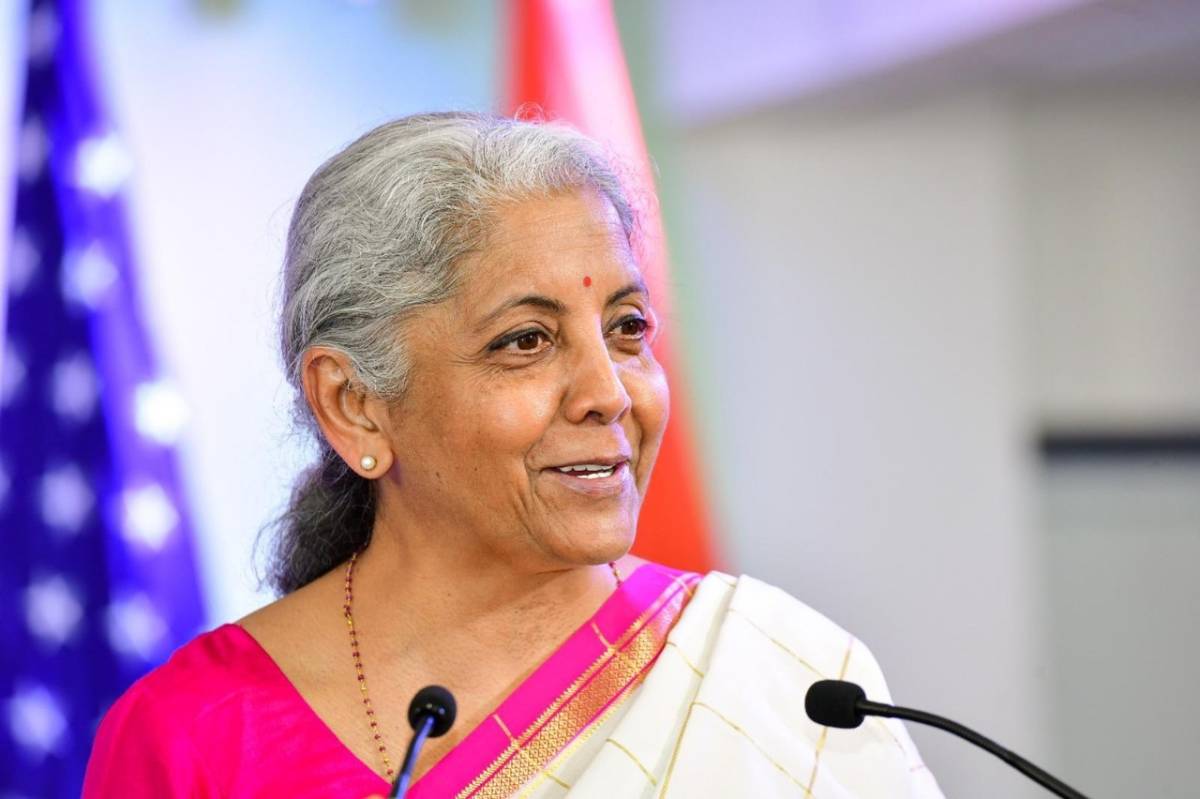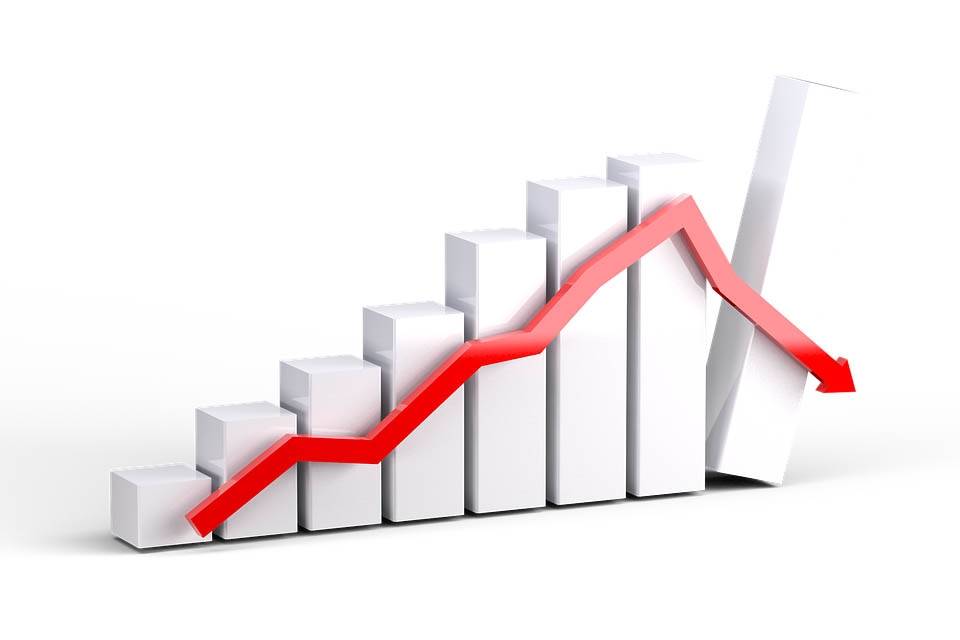She invited leading investors present in the room to become part of the India growth story…reports Asian Lite News
The Confederation of Indian Industry (CII) and the US Chamber of Commerce’s US-India Business Council (USIBC), co-hosted an exclusive roundtable for business leaders and investors with Finance Minister Nirmala Sitharaman in Palo Alto.
The roundtable was attended by senior executives, private sector business leaders, venture capitalists, institutional investors, and representatives of pension and endowment funds, representing combined assets under management of over $1 trillion.
Moderated by Atul Keshap, President, USIBC, this executive gathering was also joined by V. Ananth Nageswaran, Chief Economic Advisor, Taranjit Singh Sandhu, Ambassador of India to the US, among others.
The roundtable highlighted India’s emergence from the pandemic as one of the world’s fastest growing major economies and outlined the Centre’s efforts to support growth by a process of sustained reforms across sectors, increased capital expenditure especially in infrastructure, and measures to boost FDI.
“With a growth forecast of almost 8 per cent in FY 2023, India is likely to remain the world’s fastest growing major economy over the next few years, driven by the continued expansion of its technology and start-up ecosystems,” Sitharaman said.
“In this context, US-India collaboration in financial services and emerging technologies will support increased investment and innovation, and fintech represents a unique opportunity for sustainable and inclusive growth.”
She invited leading investors present in the room to become part of the India growth story.
Sandhu remarked: “There is a fintech revolution happening in India. As a country that runs the largest financial inclusion programme in the world, to the country that has highest fintech adoption rate globally to the highest number of real time online transactions globally, India has a lot to offer to the world. The financial sector in India has recently seen PM guided and FM led reforms.
“We hope that the US venture capitalists, endowment funds and asset management companies look at India to start their new journey or scale up existing operations and partner and grow.”
ALSO READ-Marriott opens 1000th hotel in Europe


